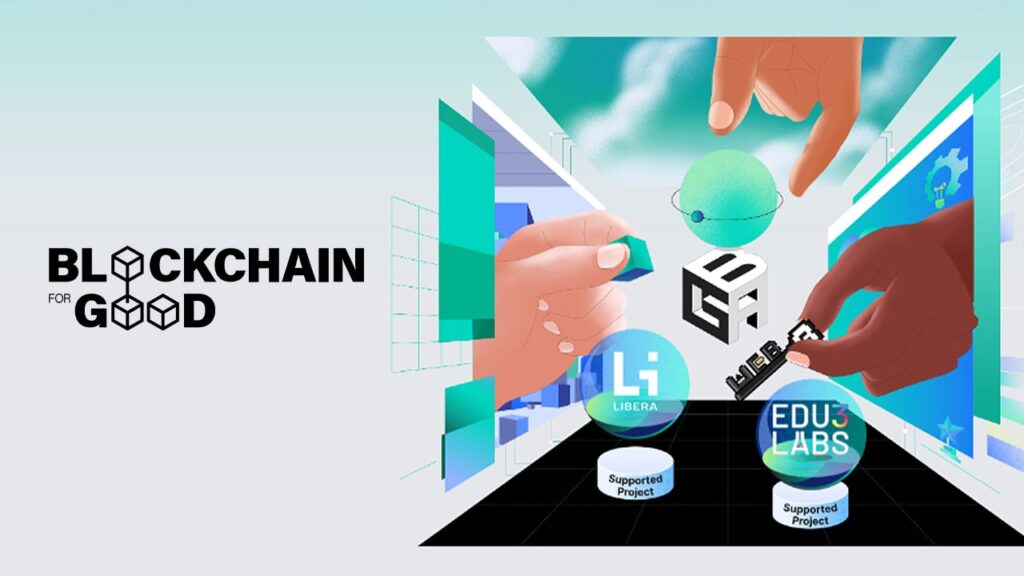The Graph (GRT) is a groundbreaking decentralized indexing system revolutionizing how blockchain data
is accessed and utilized in the realm of decentralized applications (DApps). Its inception on the
Ethereum blockchain introduces an open-source protocol designed to facilitate data querying, akin to
the functionality of Google’s indexing system but tailored specifically for blockchain data. GRT operates
as the native currency within this ecosystem, facilitating queries and interactions within the network

Unveiling The Graph’s Core Functions
At its core, The Graph serves as an indexing and querying protocol that gathers, organizes, and stores
blockchain data from multiple networks. This decentralized framework enables efficient and quick
access to this data, which is critical for streamlining decentralized application development.
The innovative approach of The Graph revolves around the utilization of subgraphs—an amalgamation
of open-source APIs—that meticulously organize blockchain data according to user queries. Leveraging
GraphQL, developers gain expedited and efficient access to a treasure trove of data that is otherwise
intricate to retrieve directly from blockchain networks such as Ethereum, InterPlanetary File System, and
proof-of-authority (PoA) networks.
The Graph’s Role in Fueling DApp Development
For developers navigating the landscape of decentralized applications, The Graph stands as a catalyst for
simplified access to complex blockchain data. This accessibility nurtures the growth and proliferation of
decentralized applications across a spectrum of industries, facilitating scalability and efficiency within
decentralized finance (DeFi) and NFT marketplaces, among others.
The Origins and Evolution of The Graph
The journey of The Graph commenced in 2018 through the visionary minds of Jannis Pohlmann, Yaniv
Tal, and Brandon Ramirez. Their aim was to establish a user-centric platform facilitating seamless access
to blockchain data. The developmental reins of The Graph were helmed by Edge & Node, formerly
known as Graph Protocol Incorporation. Although officially launched in 2020, The Graph swiftly
garnered attention within the DeFi community, earning recognition from major projects.
Graph’s realm continues to expand, fostering collaborations with prominent entities in the blockchain
sphere, such as Chainlink and Uniswap. Its secure wallet, The Graph Wallet, provides users with a
fortified platform to manage and engage with GRT tokens.
The Inner Workings of The Graph: Dynamics of a Decentralized Network
The intricate architecture of The Graph is a result of collaborative efforts from consumers, indexers,
delegators, curators, fishermen, and arbitrators. Each role within this ecosystem encompasses vital tasks
ranging from data querying, indexing, network administration, to validation of query responses,
ensuring the network’s integrity, and fostering harmonious interactions among its constituents.
By adopting a decentralized autonomous organization (DAO) framework, The Graph empowers
stakeholders to influence pivotal decisions concerning the network’s evolution and usage. This
community-driven approach serves as the cornerstone of The Graph’s governance model, driving
innovation and fostering a shared vision.
Assessing Investment Prospects and Risks with The Graph (GRT)
While The Graph’s potential as a tool for DApp development and its adoption by major blockchain
applications like Uniswap indicate promising growth, investing in GRT remains speculative. Extensive
research, understanding inherent risks, regulatory considerations, market volatility, and the project’s
technological advancements are pivotal factors for potential investors.
The Graph stands as a seminal force in simplifying blockchain data access, empowering developers, and
fostering a collaborative ecosystem. Its trajectory within the dynamic cryptocurrency landscape hinges
on continual technological advancements, evolving market dynamics, and the unwavering support from
its thriving community.
Disclaimer
Remember, investing in cryptocurrencies involves risks, and it’s important to conduct thorough research and seek professional advice before making any financial decisions. (Please keep in mind that this post is solely for informative purposes and should not be construed as financial or investment advice.)
FAQ
What is blockchain?
Blockchain is a distributed ledger technology ensuring secure and tamper-proof transactions, shared across a network.
Does blockchain improve cybersecurity?
Yes, blockchain enhances cybersecurity by making data difficult to hack or alter through it's decentralized structure.
How do blockchains interact with cryptocurrencies like Bitcoin?
Blockchains record cryptocurrency transactions like Bitcoin securely and transparently.


